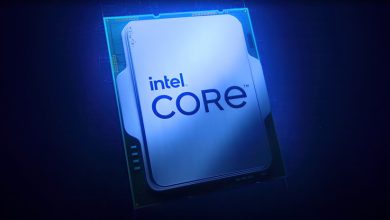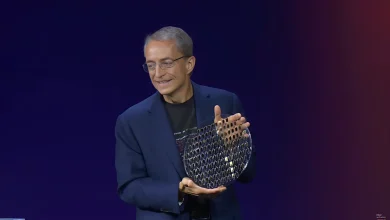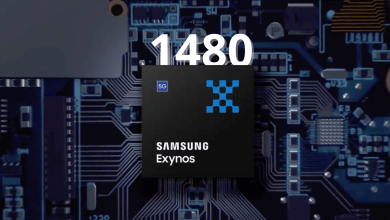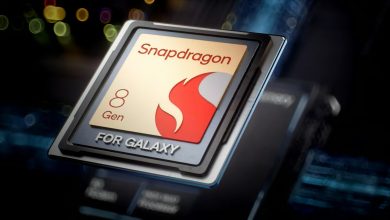Intel CEO Pat Gelsinger Says Moore’s Law Is Not Dead, Trillion Transistor Chip Still En Route by 2030
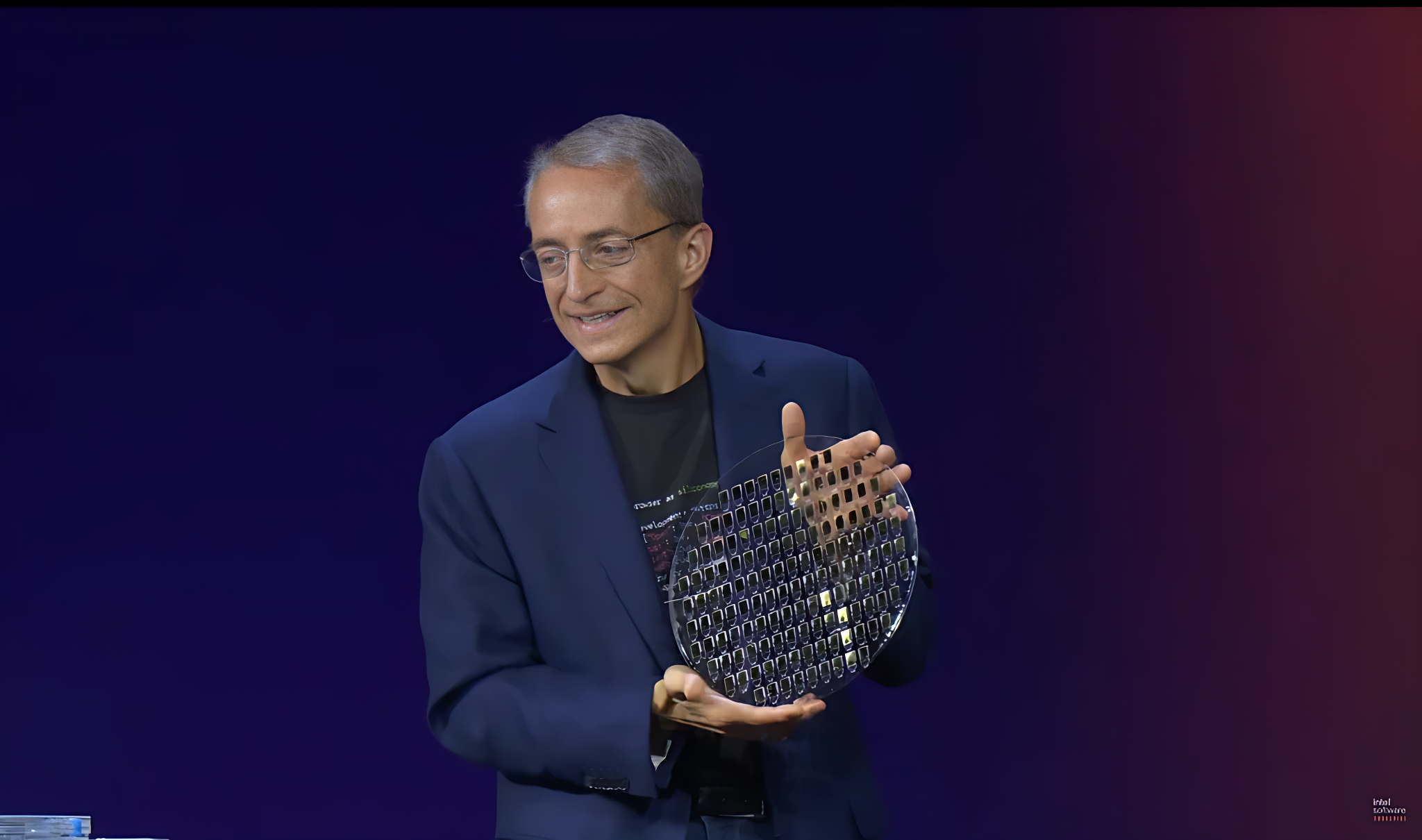
During an MIT Manufacturing Distinguished speaker session, Pat Gelsinger, CEO of Intel shared his insights regarding the future of semiconductors, keeping in mind Moore’s Law. Moore’s Law is not exactly a law, but rather an observation that has been slowing down for the past few decades. Yet, Pat asserts that Moore’s Law is nowhere near dead, though it has decelerated to a three-year cadence.
Is Moore’s Law Still Alive? Pat Gelsinger Firmly Believes So
Back in the 1970s, Gordon More proposed that there is a doubling of transistors, thus performance every two years. This was a result of newer process nodes and better silicon designing technologies. However, as time passed, we required ever-increasing advances in silicon design to keep pace with the demands of Moore’s Law.
Keeping Moore’s Law alive has become extremely difficult due to several reasons. Firstly, newer process technologies are costly and take time to manufacture. Secondly, the density improvement from generation to generation has seen a sharp decline in contrast to what we saw a while back.
Pat claims that Moore’s Law has slowed down, so much so that this ‘doubling’ will occur once every 3 years now. However, it is not dead contrary to Jensen Huang’s interpretation.
“I think we’ve been declaring the death of Moore’s Law for about three to four decades”…..”We’re no longer in the golden era of Moore’s Law, it’s much, much harder now, so we’re probably doubling effectively closer to every three years now, so we’ve definitely seen a slowing.”
Intel CEO
The Quest for a Trillion Transistor Chip
To counterbalance this increased difficulty in upholding Moore’s Law, Intel is bringing forth many revolutionary technologies in the next couple of years. Pat outlined the 4 key innovations that should enable Intel to achieve a trillion transistor chip by the end of this decade. For context, the best Intel has is 100 Billion transistors, so are looking at a 10x increase in the next 6 or so years.
Among the 4 mentioned technologies, we have GAA (Gate All Around) transistors for improved performance and efficiency. The CEO also talked about RibbonFET, the successor to FinFET for power delivery through the backside of the CPU.
“For all of the critics that declare we’re dead… until the periodic table is exhausted, we ain’t finished.”
Intel CEO
Moreover, there was also mention of high numerical aperture EUV. As per the Rayleigh equation, increasing the NA of the lens can greatly increase resolution. Lastly, Intel’s Foveros was also a key point, whose adoption we have already seen with Meteor Lake.
Combine all these and Intel is betting its money that the company will achieve a trillion transistor-based chip by 2030. Still, while not everything is doom and gloom, the Foundry market is facing a certain economic downturn. A modern fab that used to cost $10 Billion, now comes in at $20 Billion, almost doubling the expenses.
Source: MIT, Tom’s Hardware

